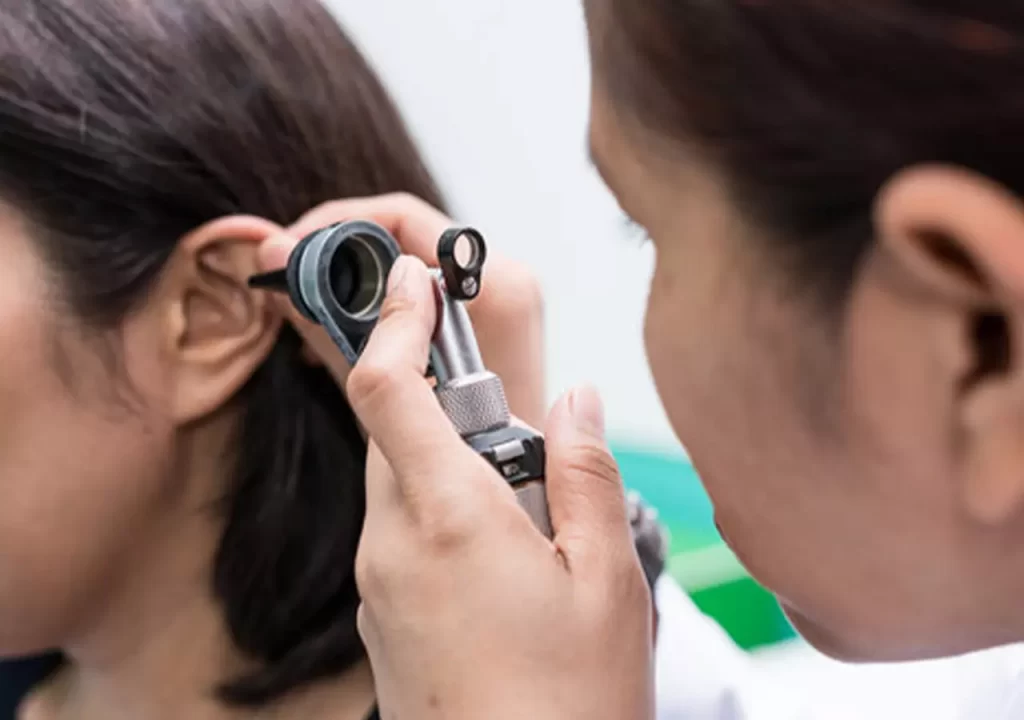Acoustic reflex results contribute significantly to differential diagnosis and is included in every basic audiological evaluation. They can provide or confirm information on the type (conductive, sensory, or neural) and severity of hearing loss. Acoustic reflex measurement is a type of measurement provided by the stapedius muscle contraction. The stapedial branch of the facial nerve provides innervation to the stapes muscle. The acoustic reflex develops in response to an acoustic stimulus 70-90 decibels (dB) above the hearing threshold. When a sufficiently loud sound stimulus enters the ear, the stapes muscle contracts. The formation of the acoustic reflex requires normal operation of the afferent and efferent reflex arcs. The inner ear is thus shielded from high-intensity sounds in this manner. Acoustic reflex is always bilateral, regardless of which ear the stimulus comes from.


